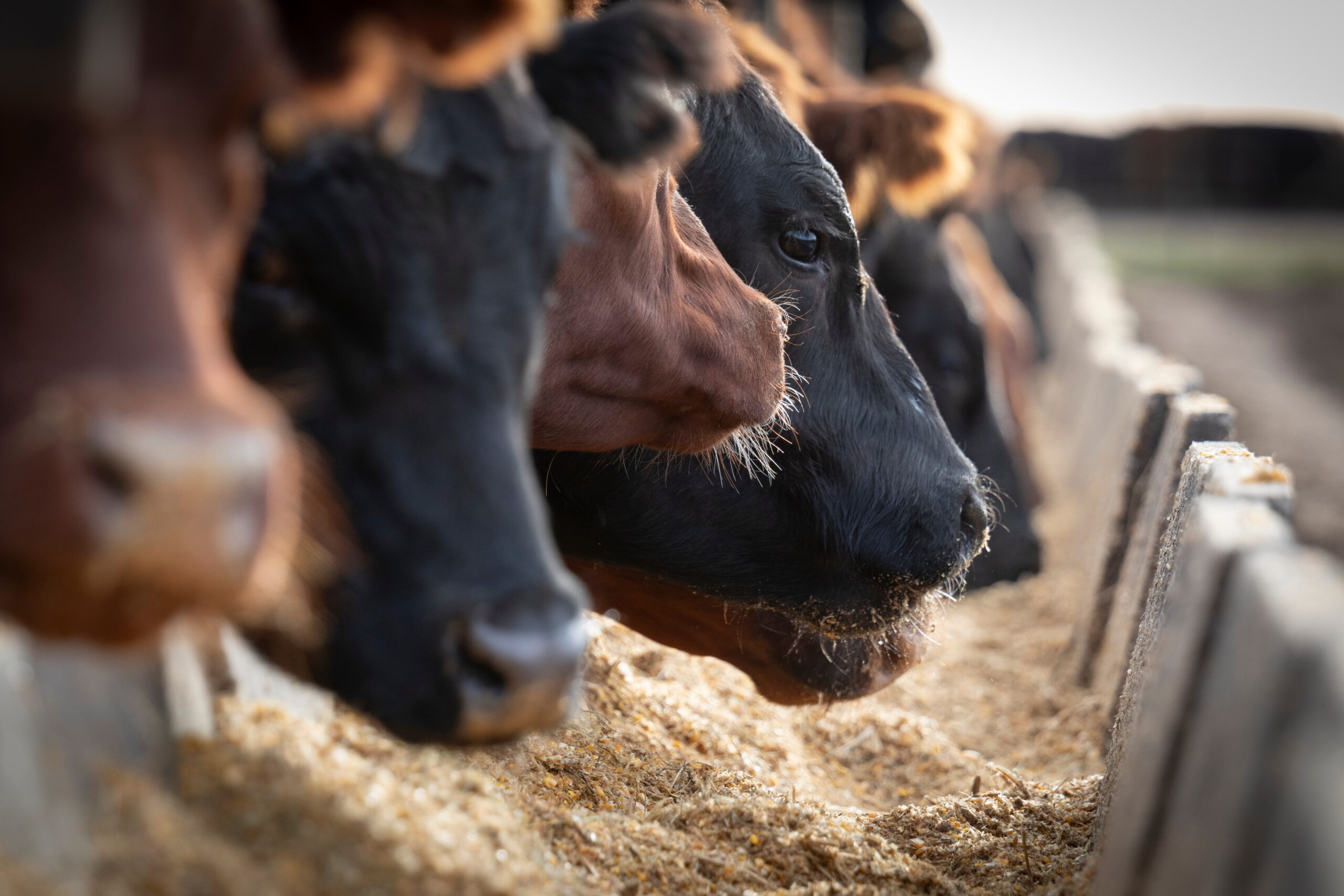AB Direct - Steers
Rail: 487.50-493.50 FOB feedlot (last week)
AB Direct - Heifers
Rail: 487.50-493.50 FOB feedlot (last week)
US Trade- Steers
Rail: 340.00-347.00 (IA, NE) last week
US Trade - Heifers
Rail: 340.00-347.00 (IA, NE) last week
Canadian Dollar
0.09

Canfax Weekly Article | Report for the week of October 6, 2025
Alberta fed prices have been under pressure, dropping $10.00/cwt over the past three weeks and hitting the lowest point since mid-August. The market is in the process of working through seasonally larger fed numbers. Competition on the cash market was somewhat limited, and in some instances, one packer was not even bidding on cattle. Dressed sales were reported from $507.00–$516.00/cwt delivered. Western Canadian packers appear well positioned with cattle as lift times have stretched out. Cattle that traded were scheduled for delivery through the month of November, mostly in the second half. U.S. packer interest was supportive, with light volumes of Western Canadian fed cattle marketed south. For September, Canadian steer carcass weights have been running 10–15 pounds heavier than last year. With heavier carcasses coming down the line, Canadian Prime and AAA grading for the month of September is record high.
Last week, Alberta auction volumes were 34,593 head, down 25 per cent compared to both last year and the five-year average. After a strong rally over the past couple of weeks, the feeder market faced some pressure. The Canfax average feeder steer price closed the week $2.00/cwt lower, and heifers were down $6.00/cwt. The largest decline was noted in 550-pound steers and heifers, down $16.00/cwt and $27.00/cwt respectively. For the week ending September 26, Lethbridge barley averaged $250.00/tonne, down $8.00/tonne from last week to be the lowest so far this year. Lethbridge wheat also traded at an annual low of $263.00/tonne, down $3.00/tonne from the previous week.
Last week, Alberta D2 and D3 cows through commercial auction facilities were up $3.00–$6.00/cwt from the previous week, and $44.00–$50.00/cwt stronger than last year. This marks the fifth consecutive week of steady to stronger prices at a time when cow prices typically grind lower. Feeder cows and railgrade cows both ended the week stronger at $9.00/cwt and $6.00/cwt higher respectively. Butcher bulls eased $4.00/cwt and have been trading around the $240.00/cwt mark since mid-April. Third-quarter Western Canadian non-fed slaughter was down 10 per cent compared to last year.
Bull
- Lethbridge barley and wheat are trading at annual lows of $250.00/tonne and $263.00/tonne respectively.
- Western Canadian non-fed slaughter is down 10 per cent from last year.
- Lean 90 per cent trim continues to defy all odds, moving sideways just shy of its all-time high.
Bear
- Fed cattle prices have been under pressure, dropping $10.00/cwt over the past three weeks and hitting the lowest point since mid-August.
- The feeder market took a breather, with 550-pound steers and 450-pound heifers down $16.00/cwt and $27.00/cwt respectively.
- Canadian slaughter cattle exports to the U.S. are running below last year.


